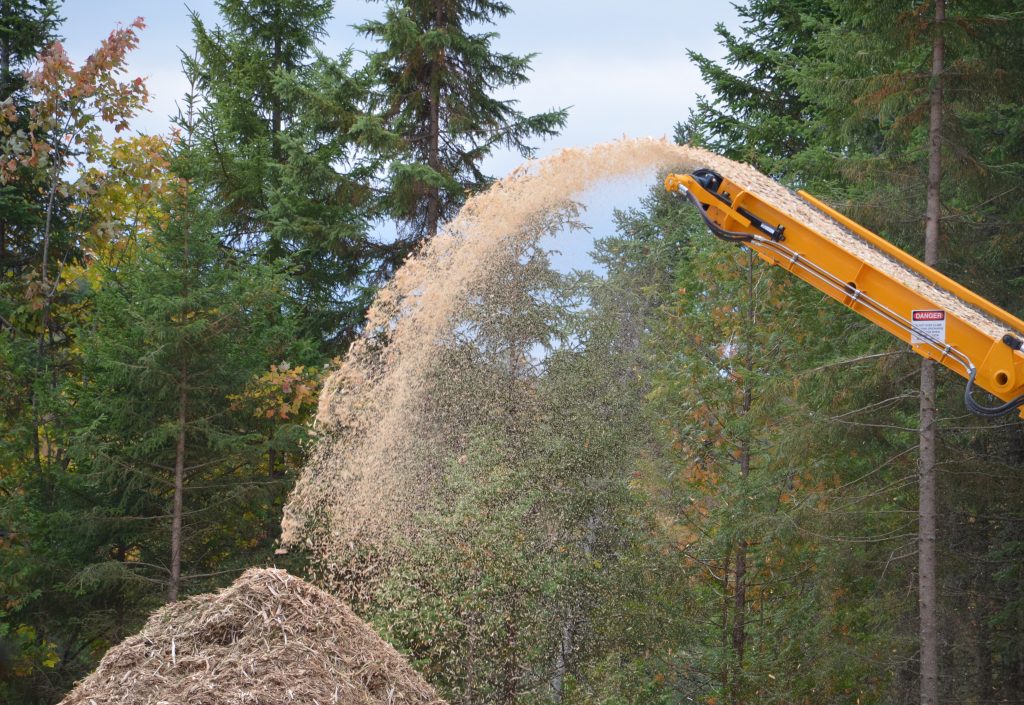
Ontario unveils forest sector strategy, including a ‘Forest Biomass Action Plan’
August 20, 2020
By
Ellen Cools
 Photo: Annex Business Media
Photo: Annex Business Media The Ontario government today released its forest sector strategy, which outlines the goals and actions to help encourage economic growth in the industry over the next 10 years.
The Sustainable Growth: Ontario’s Forest Sector Strategy builds upon the draft strategy the Ontario government released in December 2019.
The strategy consists of four main pillars of action:
- Promoting stewardship and sustainability
- Putting more wood to work
- Improving Ontario’s cost competitiveness
- Fostering innovation, markets and talents
Strengthening partnerships with Indigenous communities and members is also a critical part of the strategy.
The government emphasized that the Ontario forest sector follows strict sustainable forest management practices and is also certified by independent third-parties. Enhancing recognition of these sustainable forest management practices and identifying additional opportunities for Ontario’s forests to help fight climate change will be a key action going forward.
According to the strategy, only 15 million cubic metres of the 30 million cubic metres of wood supply that can be sustainably harvested annually is being used, and less than half of one per cent of managed Crown forests is harvested each year. To expand markets for wood products, the government plans to remove barriers to accessing woods, including redundancy and overlap in legislation, and increase the use of available wood supply. The government is also working with the Centre for Research and Innovation in the Bioeconomy (CRIBE) to develop an economic fibre supply model to help identify options for expanding existing forest production and finding new markets for the wood supply.
To help improve the Ontario forest industry’s cost competitiveness, the government is developing a Forest Biomass Action Plan to maximize the use of mill by-products, which will reduce the need for more carbon intensive energy-based fuels. The plan also calls for increasing the use of under-utilized species and log qualities, as well as developing a business climate that attracts investment.
The government will also invest $84.5 million to enhance forest inventory by using advanced remote sensing technologies such as LiDAR. The Ontario government says this will help better inform forest management planning and decision-making.
Finally, to foster innovation, markets and talents, the government plans to invest in programs that encourage young people to get into the industry, including partnerships with colleges and universities; increase awareness of Ontario’s forest sector and sustainable forest management; and boost mass timber construction, among other actions. To support the commercialization of innovative forest products, the provincial government will also work with CRIBE, FPInnovations, industry, Indigenous communities and other parties.
A Forest Sector Advisory Committee has been created to support the implementation of these actions. The committee will report annually on the progress that has been made. The Ontario government will also develop key performance indicators (KPIs) to track changes and trends over time to assess the effectiveness of certain actions.
“As we saw during the COVID-19 outbreak, the forest sector and its products are not only critical to the economy, but to the lives of all Ontarians, providing essential forest products for hygiene, food and medical supplies, as well as packaging and shipping products,” said John Yakabuski, minister of natural resources and forestry, in a statement. “In many Ontario communities, forestry jobs are the heart of the economy, and this strategy is part of our plan to build Ontario together with a better quality of life and a higher standard of living in every region of the province in a sustainable and responsible way.”
Print this page